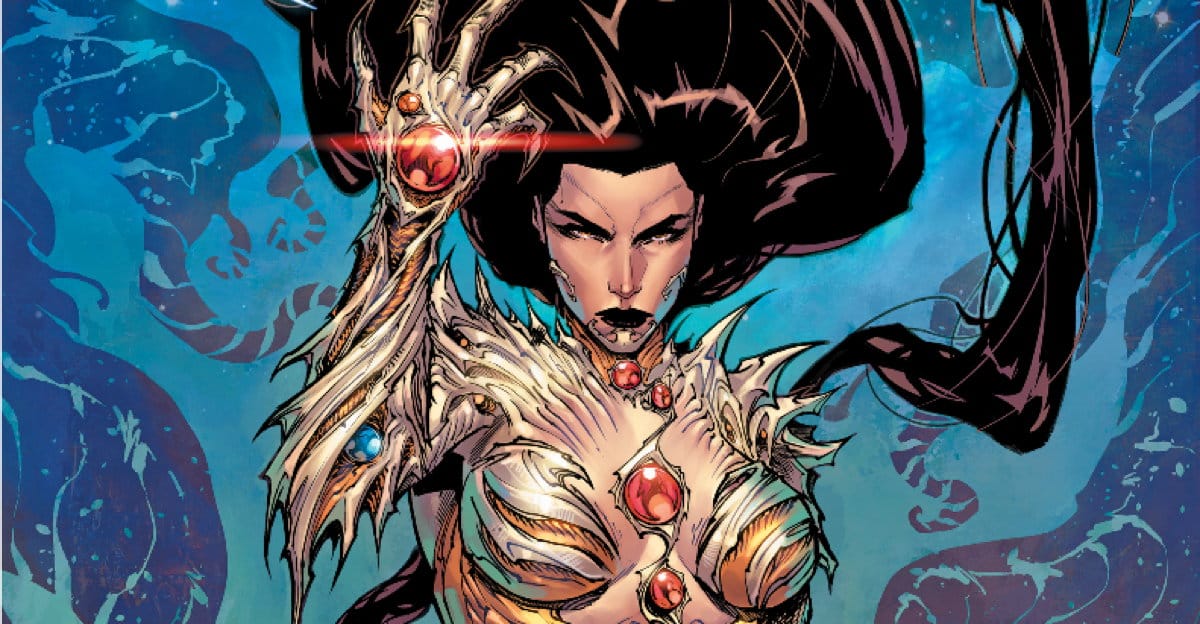Newsday looks at rotoscoping in light of the today’s premiere of THROUGH A SCANNER DARKLY, Richard Linklatter’s animated version of the Philip K. Dick novel. The piece talks to many art directors and other tastemakers to assemble a kind of snapshot of this influence of the rotoscoping look and how it’s often associated with comics:
“The fact that I had real actors begs the question, ‘Why would I paint over them?’ But for the science fiction genre, this works,” Linklater said in his Manhattan hotel. “The primary reason, of course, is the head space it puts the viewer in. The lead character is questioning his reality. Once you accept the [film’s use of graphics], everything works.”
Linklater adds that rotoscoping has come a long way since he first used it in “Waking Life.”
That may be in part because the appetite for stories delivered in a graphic style has taken off in pop culture. For decades, The New Yorker has been synonymous with its wry cartoon panels, most notably by Jules Feiffer. Now the multiple-page paneled stories of famed counterculture cartoonist R. Crumb and Aline Crumb make semiregular appearances in the magazine, as do full-page Roz Chast comic features.
Astonishing detail
In recent months, comic-book-style travelogues have appeared in Condé Nast Traveller. Clive Irving, the magazine’s senior consulting editor, said graphics “let you do things you can’t do with a camera,” he said. “It gives it a kind of intimacy, and it’s astonishing the amount of detail that can be condensed onto the page.”






I’ve been playing around with rotoscoping for comic books themselves. It brings such a different aesthetic to the book that it’s really grounded in this weird psuedo reality. There’s less suspension of belief, but if done wrong, there’s no belief at all.
Boy, the reviews look so mixed on this one… when the gurus at “E-Weekly” score ya a “C-,” it doesn’t look good. I was also hoping this would give serious animated fare desperately-needed legitimacy in the minds of “New Yorker” readers.
Appropriately enough, 99% of the animators who worked on the movie were comic artists as well. Almost every comic artist and illustrator in Austin and San Antonio worked on the movie at one point or another, including Antarctic Press’ Ben Dunn, Sherard Jackson and Mike Cervantes, Radio Comix’s Pat Duke, Nick Derrington (Catwoman, Hawaiian Dick), Melita (Miss Monster) Curfee and me.
Can someone post some of the notable New Yorker single panels by Feiffer?